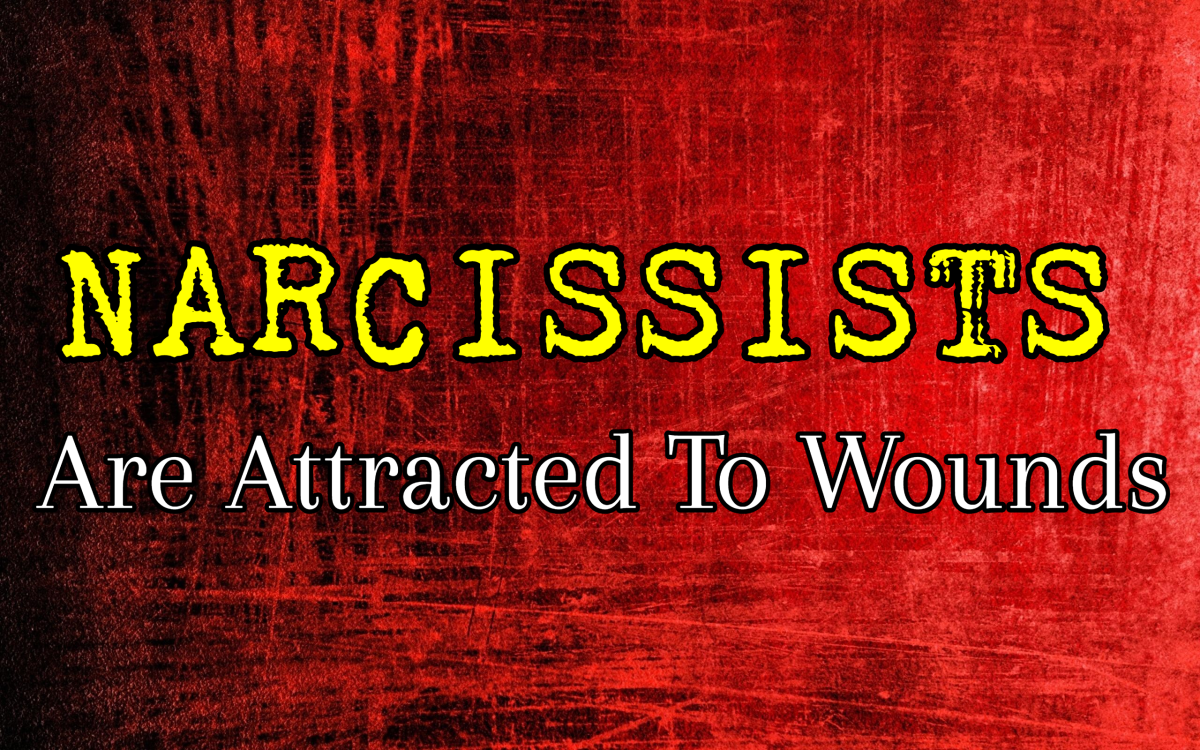Positive Emotions: Peak Performance In Body, Mind, and Soul!
The Benefits of Positive Emotions
“Positive emotions are not trivial luxuries, but instead might be critical necessities for optimal functioning.” — Barbara Fredrickson
When they think of managing their emotions, most people think of getting rid of negative emotions. But Donald Clifton, a pioneer in the field of Positive Psychology, has shown that we can consciously create positive emotions.
Positive emotions help us live longer, says Clifton. In their book How Full Is Your Bucket? He and colleague Tom Rath show that positive emotions provide a buffer against negative health effects, anxiety, and depression. They enable us to recover faster from pain, trauma, and illness. They might even add more years to life expectancy than does quitting smoking (5.5 years for men and 7 for women). Other studies suggest positive emotions can even ward off the worst of the common cold.
As well as physical benefits, positive emotions can produce benefits that add to our mental well being, increase our ability to function well in relationships, and do well in all areas of life and work. Positive emotions, Rath and Clifton conclude:
• Protect us from, and undo the effects of, negative emotions;
• Fuel resilience and transform people;
• Broaden our thinking, encouraging us to discover new lines of thought or action; • Break down racial barriers;
• Build durable physical, intellectual, social, and psychological resources that provide “reserves” during trying times;
• Produce optimal functioning in organizations and individuals; and
• Improve the overall performance of a group (when group leaders express more positive emotions).
Positive emotions generated by praise and accurate feedback increase peak performance in sports, learning, and on the job. They improve marriages and relationships. They help us raise healthy, self-reliant and authentic thinking children.
Researcher Barbara Fredrickson, director of the Positive Emotions and Psychophysiology lab at the University of Michigan says, “Positive emotions are not trivial luxuries, but instead might be critical necessities for optimal functioning.”

Creating Positive Emotions
Some of the ways to create positive emotions are simple and easy to do. Others require the ability to perceive and change your own thoughts, feelings, and actions.
Do Well and Feel Good
Positive emotions are a pleasant by-product of creating results that matter. William James defined self-esteem as “feeling good about doing well.” Both the process of creating—and the results it yields—can lead to the deeply positive emotions of gratitude, joy, and contentment.
Learning to consciously create what you most want in life, work, relationships, and your world can be one of the most powerful ways to produce positive emotions.
Close the Gap Between Espoused Values and Values-in-Action
Usually, we tend to see our actions through the lens of our “espoused values”—what we aspire to; our intentions. But research by Chris Argyris shows there is often a dramatic difference between espoused values and our "values-in-action"—what we actually do.
As Walt Whitman said, we are large; we can contain multitudes. But, if we are not aware of the gap between espoused values our values-in-action, we are not likely to do anything to close that gap. I, for example, value compassion and grace. However, in reality, I can be a bit defensive, especially when I think I’m being attacked. Therefore, in spite of my espoused values of compassion and grace, I sometimes act in ways that my friends describe as “prickly.”
You could see this as hypocrisy. Or you could see it as a gap between my espoused values and the values I habitually act on. If I espouse compassion, but deny my edgy temper, I get in the way of my best intentions. Recognizing the gap helps me act in ways that are closer to the values I want to express.
When I recognize my reality, I’m better able dampen my temper, and practice what I espouse. Doing so produces positive emotions: deep, authentic feelings of pleasure and gratitude as I master my behaviour.
To get a clearer sense of your key values, take Positive Psychologist's Martin Seligman’s Values In Action: Signature Strengths Survey at www.authentichappiness.org. It’s free, fun, and illuminating. Check it out!
Clarify Meaning and Purpose
Another way to act on espoused values is to commit to something with purpose and meaning. One of the most positive times in my life was when I created Earthways, a wilderness-based, personal growth program for teens. It was a fun summer in the mountains, a fun job for me. But, mostly, it helped teens experience a new way of seeing and being in the natural world—a way that would help them live lightly, yet richly and authentically on the planet. I also wanted to contribute to collective shift in environmental responsibility. In doing so, I tapped into one of life’s great joys.
“The true joy in life,” said George Bernard Shaw, is “being used for a purpose recognized by yourself as a mighty one … the being a force of nature instead of a feverish, selfish little clod of ailments and grievances complaining that the world will not devote itself to making you happy."
At Earthways, I felt used by a mighty purpose. Focused on what I wanted to create, I didn’t have time to complain the world wasn’t making me happy. Besides, I was making myself—and a bunch of other people—happy. Meaning and purpose add depth, richness and positivity to our lives and work. They also that elusive sense of flow for which so many of us strive.
Creating Flow
"When goals are clear, feedback relevant, and challenges and skills are in balance, attention becomes ordered and fully invested," writes positive psychologist Mihaly Cziksentmihaly." Because of the total demand on psychic energy, a person in flow is completely focused. There is no space in consciousness for distracting thoughts, irrelevant feelings. Self-consciousness disappears, yet one feels stronger than usual. The sense of time is distorted: hours seem to pass by in minutes. When a person’s entire being is stretched in the full functioning of body and mind, whatever one does becomes worth doing for its own sake; living becomes its own justification. In the harmonious focusing of physical and psychic energy, life finally comes into its own."
In flow, we no longer seek comfort or pleasure. We don't compare ourselves to others. We don't measure success by the feelings it generates. Indeed, flow is free of emotion. Only after we have finished our climb, created our painting, or completed our dance do we become aware of a deep sense of gratification and gratefulness.
The more meaningful the challenge, the greater the chances of creating flow. And while flow is free of emotions, when you finish a flow activity, you feel a surge of positive emotions that enhance your day.
Caring and Compassion
Caring and compassion are primary paths to positive emotions. As the Dalai Lama says, “If you want others to be happy, practice compassion. If you want to be happy, practice compassion.”
Giving your best in terms of listening, understanding, and empathizing can produce wonderful effects. So can performing random and not so random acts of kindness. When you are kind to another, Donald Clifton says, you “fill their bucket.” You add to their stock of kindness and caring. Even brief positive interactions can add to another’s bucket, which also adds positive emotions to your bucket.
A thank you note I wrote to a bureaucrat who expedited help when a ditch backed up and diverted water into my house led to positive emotions for both him and me.
Being nice to people you meet during the day can produce a ripple of positive emotions. So, thank sales people. Be understanding with a person pushing two carts and three kids through a check out, and let them go ahead of you. Give a sincere compliment to someone in your office who did something worth commenting on.
Caution: You do not have to perfect. Don’t convert these suggestions to “shoulds” and then beat yourself up if you can’t live up to them. If you practice these suggestions and move toward increasing your ratio of positive to negative emotions, that’s good enough. Give yourself a hug.
Hug A Lot
Hugging and being hugged (respectfully) produce positive emotions. The respected family therapist Virginia Satir said her research showed we need fourteen hugs a day for optimum mental health. Ashley Montague pointed out the importance of touch to health. Our skin is our largest organ and perhaps the most sensitive. Montague showed that much caring and concern are transmitted through touch.
Research on Healing Touch techniques is beginning to confirm the importance of touch to health and well being. Even hugging your cat or dog can have significant, positive effects on such things as your heart rate and blood pressure.
Be A Force for Mental Health
Not only do these actions create positive emotions for people on the receiving end, and for you. They ripple into the world. Not just metaphorically, but actually. Scientists at the Institute of HeartMath® showed heartfelt emotions affect the rhythmic pulsing of your heartbeat. The more positive you feel, the more your heart pulses with a coherent rhythm. The heart has the most powerful pulse in your body, about sixty times that of the brain. “So your emotional state is being broadcast to your environment,” say the researchers, “and to the people around you.”
A nationally known psychologist said, “We can be a force for diminished mental health. Or we can be a force for positive mental health. The choice is up to us.”
Making that choice not only has a significant effect on your positive emotions and your life; you broadcast that effect to those close to you. The coherent pulse of positive emotions ripples out into the world, where they amplify other’s positive emotions.Amplifying each other, growing more powerful, these small waves produce larger waves of positive energy that create effects far beyond you and I.
So, when thinking about managing emotions, don't just think about getting rid of negative emotions. Consciously create positive emotions. When you fill your bucket with this kind of positivity, there won't be much room left for the negative.
----------------
Tom Rath and Donald O. Clifton, How Full Is Your Bucket: Positive Strategies for Work and Life, Gallup Press, New York, 2004 Ibid.
Doc Childre and Deborah Rozman, Transforming Stress: The HeartMath Solution for Relieving Worry, Fatigue, and Tension, New Harbinger Publications, Oakland, CA, 2005
----------------
Bruce Elkin is a Personal Life Coach with 22 years experience, and clients on six continents. He is the author of Simplicity and Success: Creating the Life You Long For, and Emotional Mastery: Manage Your Moods and Create What Matters--With Whatever Life Gives You!
For more of my writing, please visit my HubPages profile.
If you liked this hub, please give it a "thumbs up" below, and "share it" with others on Facebook, Digg, etc… Much appreciated! Thank you!





